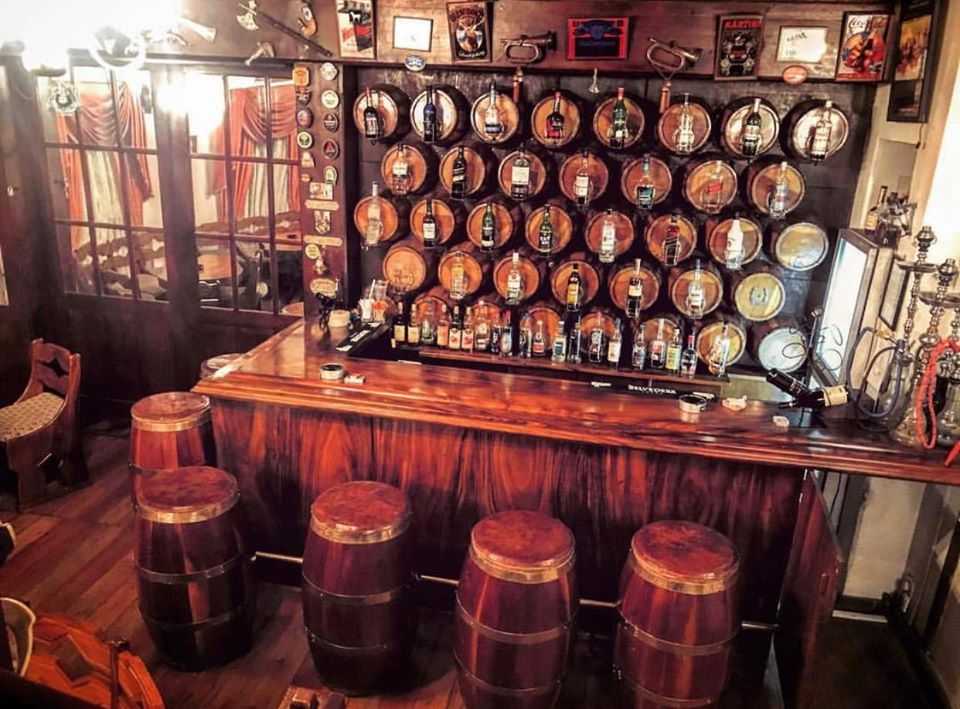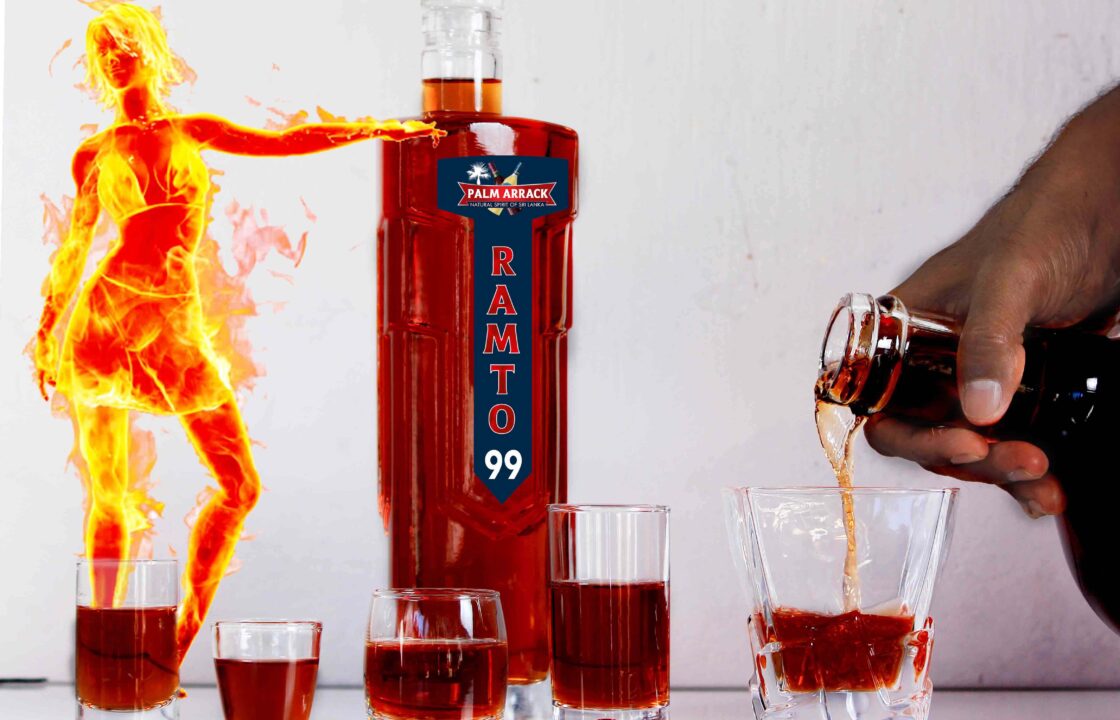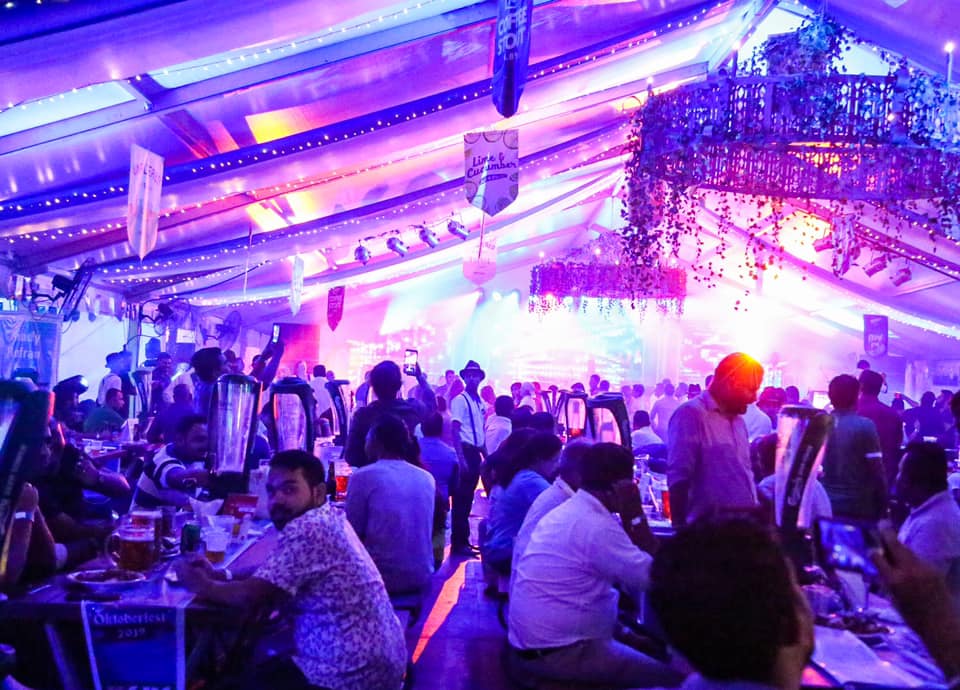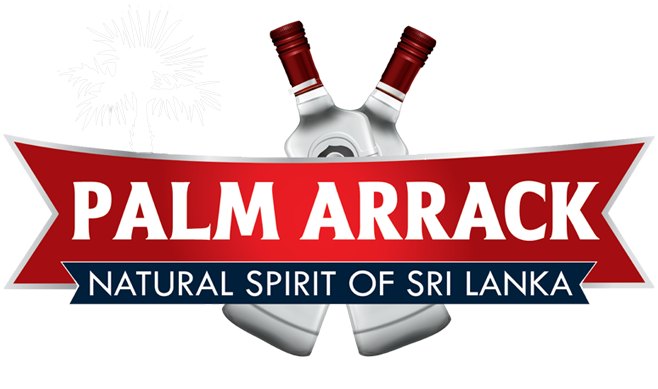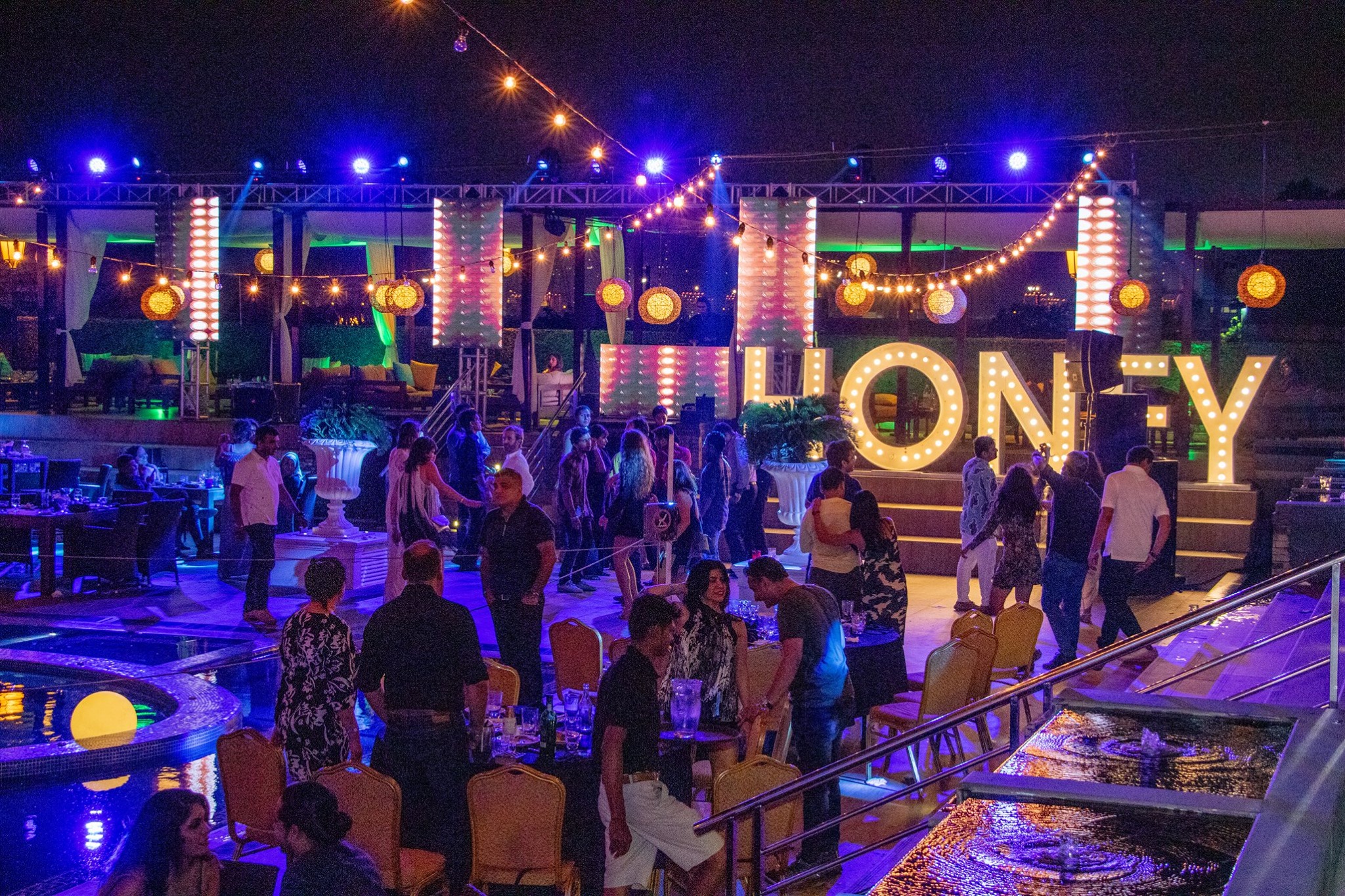
In this article, we clearly explore the Arrack Price in Sri Lanka. Breweries distill from the sap of the palm flower, and harvest it each day. Toddy is the national spirit of Sri Lanka. Palm Arrack are the finishing products of careful fermentation and distillation. They are alcoholic drinks that has a flavor similar to a mix of tequila and rum. Bartenders usually serve Palm Arrack with ice and coconut water. However, they also include it as a base drink for numerous cocktails.
Arrack is one of the finest and the most exceptional product of Sri Lanka. It is currently bringing pride to the nation throughout the world.
How much did Palmyrah Arrack cost in the 90s?
A bottle of Palmyrah arrack used to contain and a bottle of 750 ml spirit cost about Rs.700. Inclusive of Excise Tax, a bottle of Palmyrah arrack was sold between Rs.900 to Rs.1000 in the market. However, the product has less demand in the country now. Almost 150 million liters of Palmyrah spirit is kept in stock and is awaiting demand. The extra stock present in all three distilleries in Jaffna need urgent promotion and advertisement. Otherwise the lucrative trade will go to waste
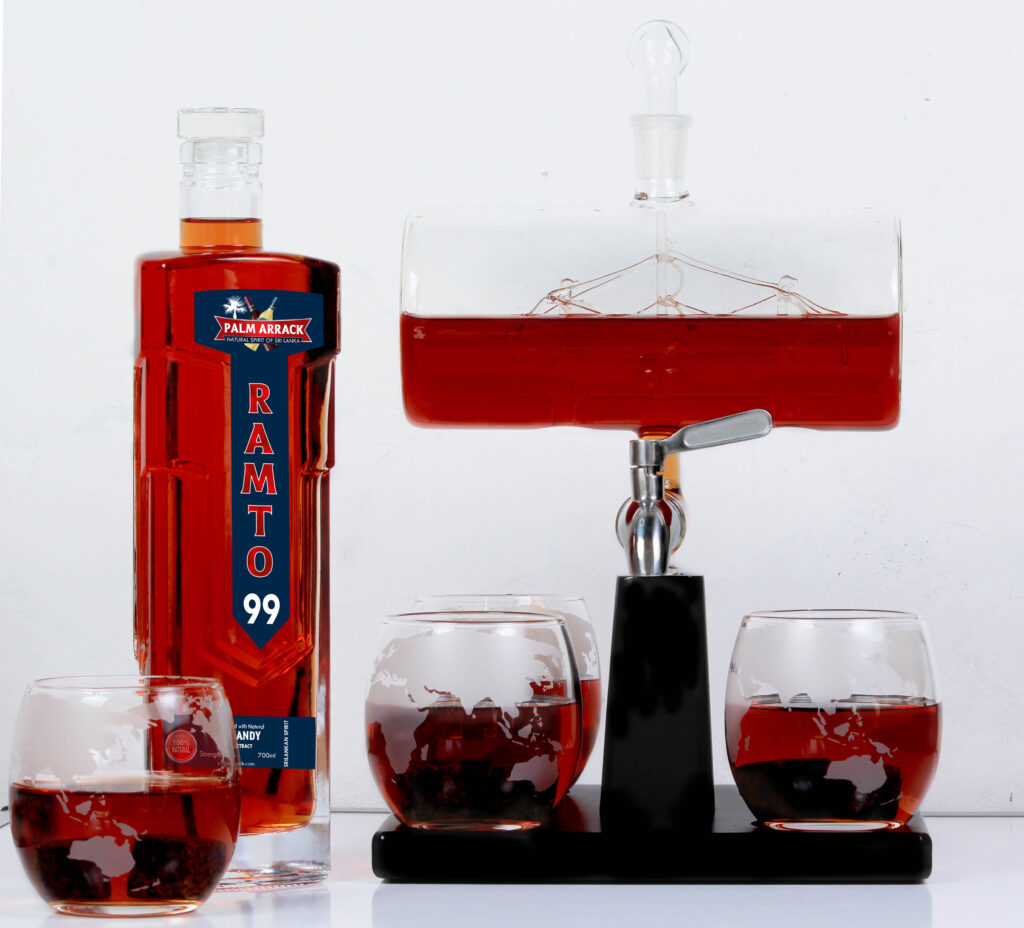
Palmyrah Arrack overseas
Palmyrah arracks could be exported worldwide. Moreover, they could gain a huge sum of revenue from the global market. In developed countries like USA, Australia, and UK, arracks could be sold in hefty amounts. Likewise, in countries like India and Malaysia, spirits are also used for medicinal purposes.
Subsequently,the members of the Palmyrah Growers’ Cooperative Society have had conversations about rectifying the situation of excess stocks of arrack spirits. After the conversation, they realized that one bottle of Palmyrah Arrack could cost around Rs.900 in Colombo, including transportation charges and other taxes.
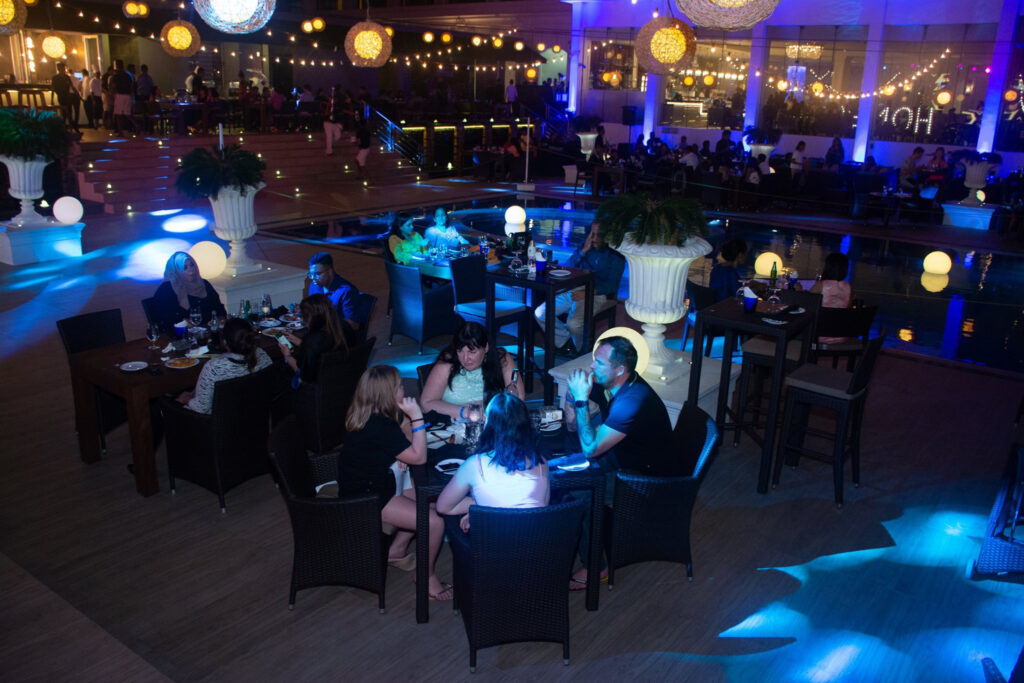
Decisions made about the future of Ceylon Arrack
In 2010, then Social Services and Social Welfare Minister made a visit to the Thikkam distillery and had meetings with the employees and management. The Minister made the visit on a request of the employees of the distillery. According to them, the administration of the distillery is deteriorating due to the inefficiency of the officers. Also, the management is unable to pay the remuneration of the employees.
With the Palmyrah cooperatives taking the lead, its worker-members and marketing experts had come together to jazz up Palmyrah arrack and toddy in quality and packaging, to make the drinks export-worthy. “It is the first time in some four decades that we’re exporting Palmyrah arrack from northern Sri Lanka,” said Selvin Ireneus, a member of the Palmyrah Development Board, Jaffna.
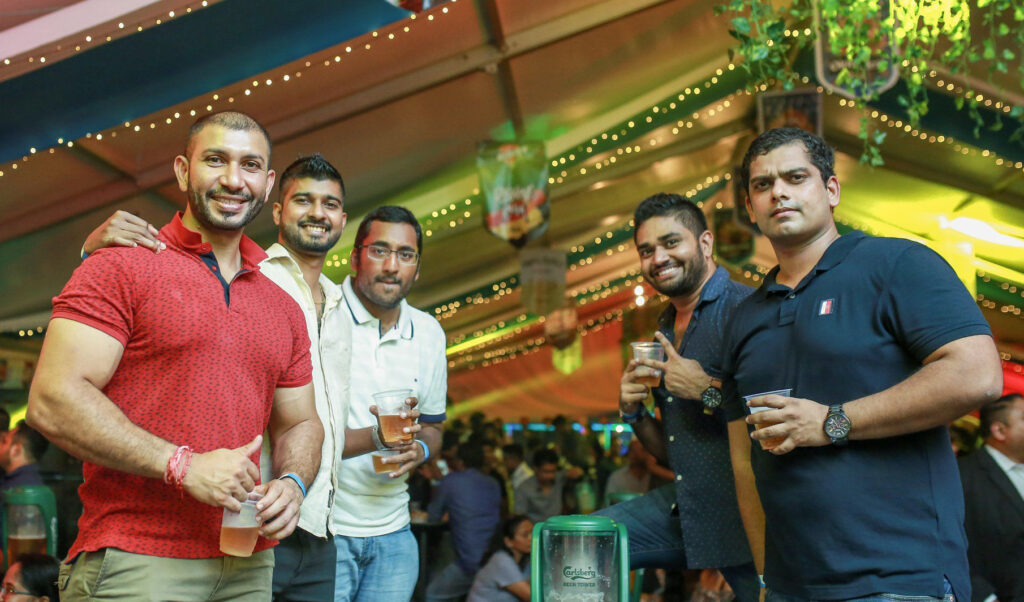
Changes made in the Arrack Industry of Sri Lanka
This is where the Government’s belated but significant budgetary allocation to the sector has come in handy. Amid mounting protests by residents of the north and east over rising household debt, the Ministry of Finance in 2018 allocated 1 billion Sri Lankan Rupees for small industries and cooperatives, with an additional 40 million Rupees exclusively for Palmyrah cooperatives. In the subsequent year, over the 750 million rupees allocated for the sector, the Government had offered another 100 million rupees into the Palmyrah industry.
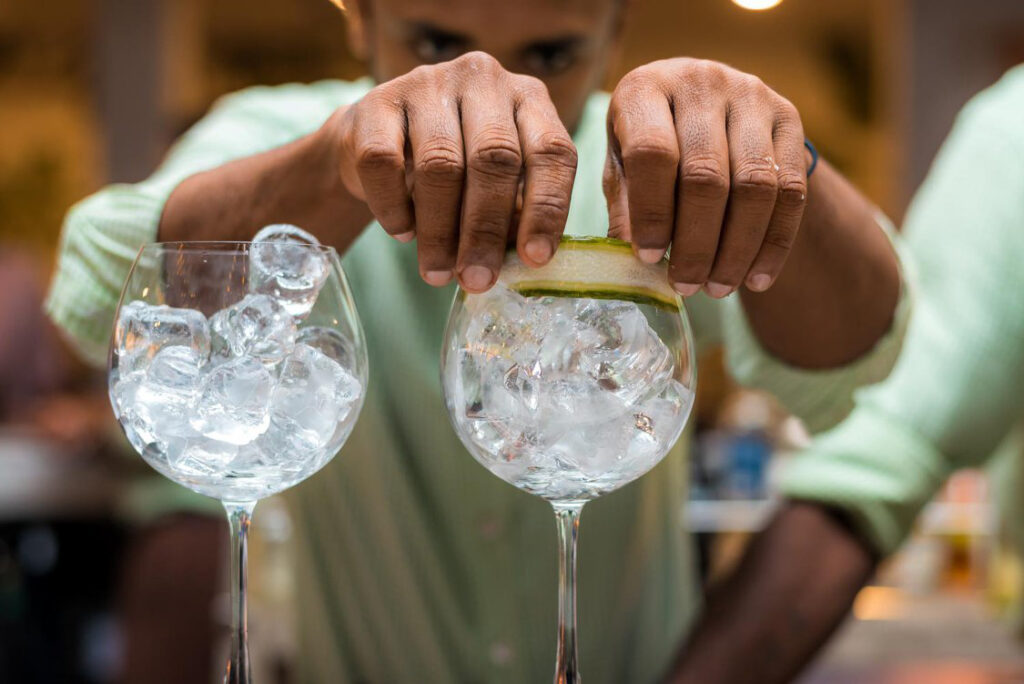
Current situation of the Ceylon Arrack Industry
For years, people considered arrack as too “low class” and did not take it seriously as a premium alcohol. Even in Sri Lanka, people chose Scotch whisky, wine or rum. Arrack’s makers have also had to survive multiple Sri Lankan governments who have taken the view that the local alcohol industry is a terrible influence on society.
Distilleries are therefore subject to heavy taxes. Also, the law prohibits advertising spirits. Despite these impediments, attempts to raise the quality and profile of the drink at home and overseas appear to be paying off. Premium versions of arrack have found lucrative markets both in Sri Lanka and other countries, where it is marketed as a smooth, artisan spirit that can be either drunk neat, or used in cocktails.
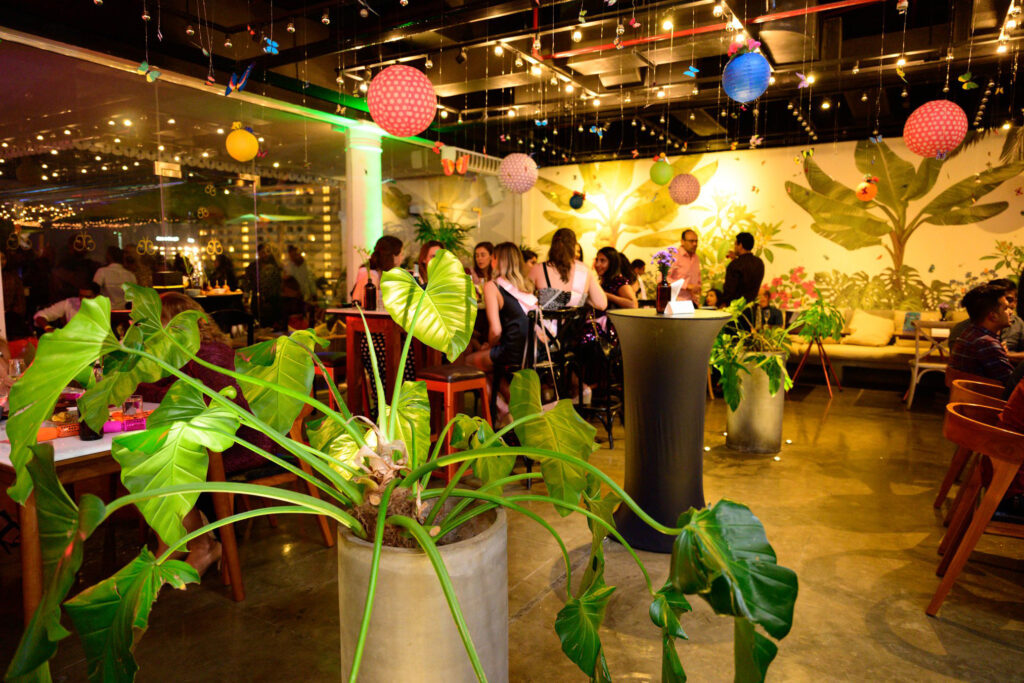
The price and quality of Palm Arrack
The price and quality of arrack has a lot do with the percentage of actual toddy in it. As soon as it is collected from the trees, the toddy is a sweet white liquid. But the fermentation process is rapid and its alcohol percentage increases in just hours to around 6%. It is then distilled like whisky or brandy to an alcohol level of more than 60%, before water is added to bring that back down to 40%.
According to Mr Wijeyeratne, that’s because “God has already taken care of the fermentation process”. What he means by this is that the toddy ferments of its own accord, because it contains both natural sugars and yeasts.
Some of the most basic versions of arrack can actually contain as little as 3% of toddy. Although lower grade arrack still accounts for almost 70% of sales in Sri Lanka, the premium versions are making Sri Lankans feel that they can take pride in the drink.

In 1992, Thikkam distillery stored about 24000 liters of distilled spirit in stainless steel storage tanks. The distillery was able to produce 175,000 bottles of potable arrack in 1990. The cost of each bottle was 192/= which bought about 21 million rupees in that region.
“Many Sri Lankan CEOs I meet tell me that they don’t travel without a bottle of arrack as a gift for their high profile international clients,” says Mr Wijeyeratne. He adds that changing the perception of the drink continues to be a slow but rewarding process. “It takes years and years. You have to be willing to go for the long haul.”


